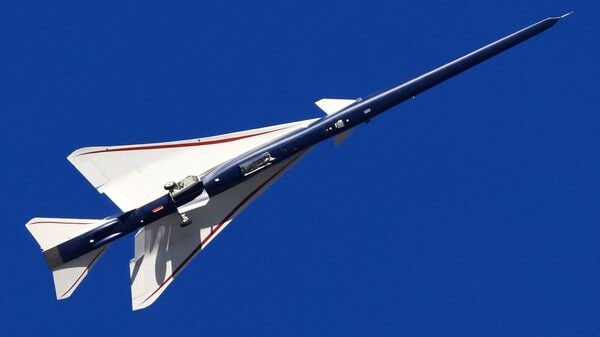NASA and Lockheed Martin’s X-59 supersonic jet has completed its first successful test flight, marking a major step toward slashing coast-to-coast flight times while eliminating disruptive sonic booms.
Key Takeaways
- X-59’s first flight confirms aircraft structure and handling capabilities
- Designed to replace loud sonic booms with a quiet “gentle thump”
- Could cut New York to Los Angeles travel time to under 3 hours
- Aims to revive commercial supersonic travel with community acceptance
The experimental aircraft took off from Palmdale, California, completing a subsonic test that NASA hailed as a “significant milestone” toward making supersonic passenger travel viable again.
The Sonic Boom Challenge
Traditional supersonic aircraft produce deafening sonic booms when exceeding 1,235 km/h, leading to widespread bans over populated areas since the late 1940s. The X-59’s revolutionary design generates only a subtle thump instead of explosive noise, potentially convincing regulators to lift restrictions.
Learning from Concorde’s Legacy
The Concorde, operated by British Airways and Air France until 2003, was the last commercial supersonic aircraft. Its retirement ended an era of fast transatlantic travel. NASA and Lockheed Martin’s collaboration aims to revive supersonic flight with enhanced safety and sustainability.
Next Steps for Quieter Supersonic Travel
Developed at Lockheed Martin’s Skunk Works facility, the 100-foot X-59 will undergo further testing. Future trials will involve supersonic flights over selected communities to measure public response to the reduced noise. Positive results could pave the way for a new generation of silent, speedy commercial jets.
(With inputs from PTI)




